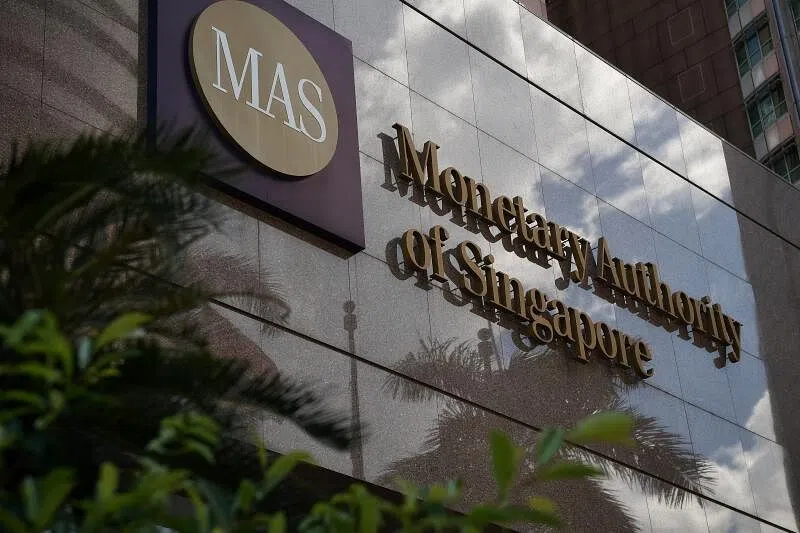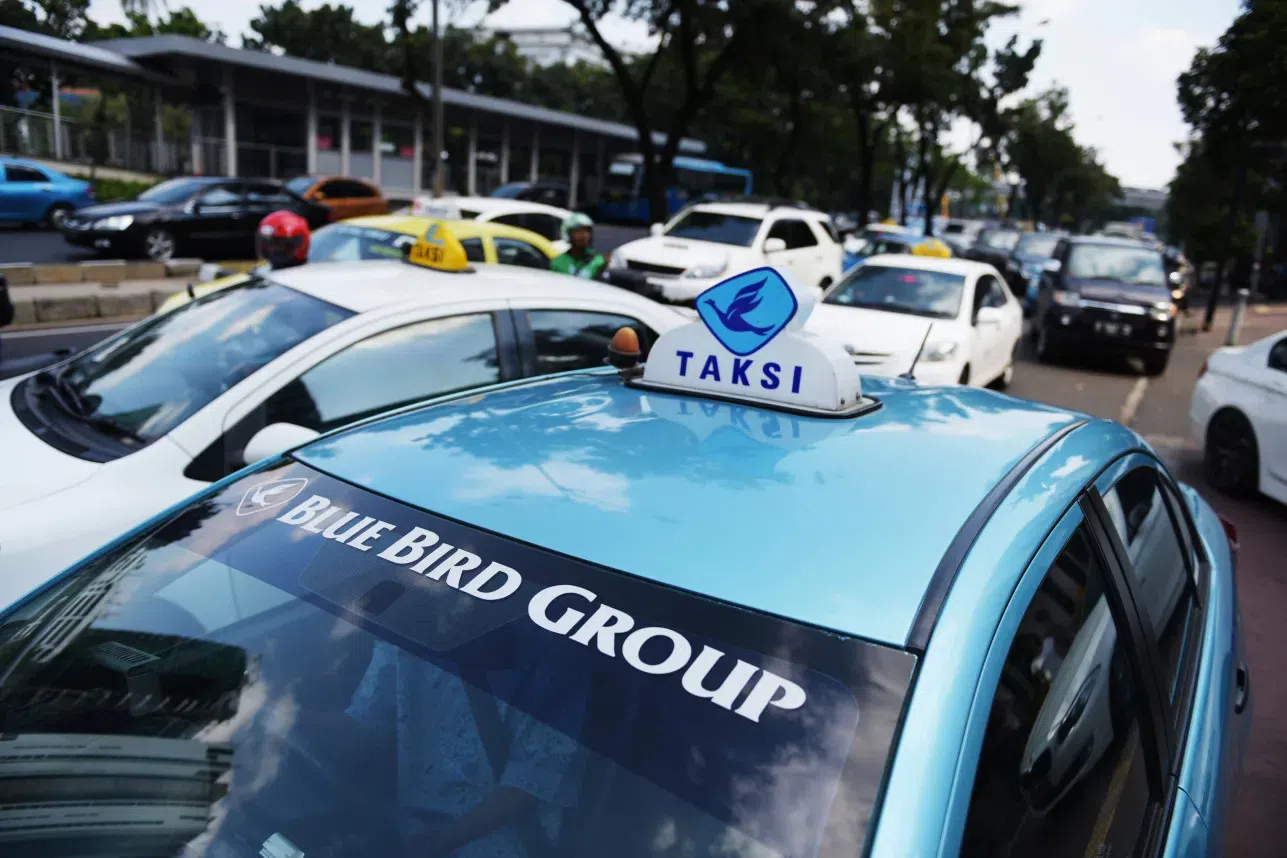DESPITE higher interest expenses, most companies in Singapore have been able to generate enough earnings to service their debt, said a report by the Monetary Authority of Singapore (MAS) on Wednesday (Nov 27).
The majority of listed companies are also resilient to interest rate and earnings shocks amid macroeconomic and financial uncertainties, although external-oriented and highly leveraged firms could be more vulnerable to such shocks, added the report.
The findings were published in MAS’ annual Financial Stability Review, which identifies potential vulnerabilities in Singapore’s financial system and reviews its resilience to potential shocks and risks.
Debt profile
MAS found that Singapore-listed companies had managed to maintain a “relatively robust” median interest coverage ratio (ICR) – at above two – in the second quarter of this year, even though the ratio has fallen from the previous year. A higher ICR suggests that a company is better able to pay off the interest on its outstanding debt.
Singapore companies are also expected to see improved earnings, given that global financial conditions are expected to be less restrictive and growth is strengthening in the tech sector. Domestic financing costs are also expected to stabilise, said MAS.
Meanwhile, the refinancing risk of Singapore-listed companies is also mitigated by their healthy liquidity buffers and debt maturity profiles, said the report. Debt maturity refers to the remaining time left to repay a debt instrument.
BT in your inbox

Start and end each day with the latest news stories and analyses delivered straight to your inbox.
MAS noted that the debt maturity profiles of listed companies were stable, with the proportion of short-term debt due relatively unchanged at 43 per cent in the second quarter of 2024 compared with the corresponding period a year earlier.
The share of bonds due by 2025 is also “a manageable” 14 per cent share of total outstanding bonds as at the third quarter of 2024.
MAS said that firms which are external-oriented have larger precautionary buffers than domestic-oriented companies due to global uncertainties and risks.
Small and medium-sized enterprises (SMEs), which tend to have weaker balance sheets and smaller buffers, also have a “healthy” median current ratio of above one, even as higher borrowing costs have led to a decline in their cash buffers. The current ratio measures a firm’s ability to meet its short-term obligations.
MAS stated that most SME loans are secured using property as collateral. As property valuations have held up, SMEs continue to have access to financing.
The probability of a loan default among companies in Singapore also remains low, said MAS. It cited an indicator devised by the National University of Singapore Credit Research Initiative which showed that the forward-looking probability of default for listed firms remained low and stable this year.
This suggests that the vulnerability of Singapore corporates has not risen even during the recent period of slower earnings growth and higher interest rates.
The ratio of non-performing loans – where the borrower is in default – for corporates, including SMES, fell this year. This shows that the financial health of SMEs has remained relatively stable, said MAS.

Corporates resilient to shocks
The results of a stress test conducted by MAS found that most corporates are resilient to interest rate and earnings shocks, with their cash reserves providing buffers.
Based on their financial positions for the second quarter of 2024, the proportion of firms that were at risk of such shocks – defined as those with an ICR of less than one – stood at 16 per cent after the stress test. This is comparable to the proportion of firms from the same period a year earlier.
Nevertheless, MAS highlighted that externally oriented firms, as well as those with capital-intensive business models or higher operating leverage, are less resilient to interest rate and earnings shocks.



